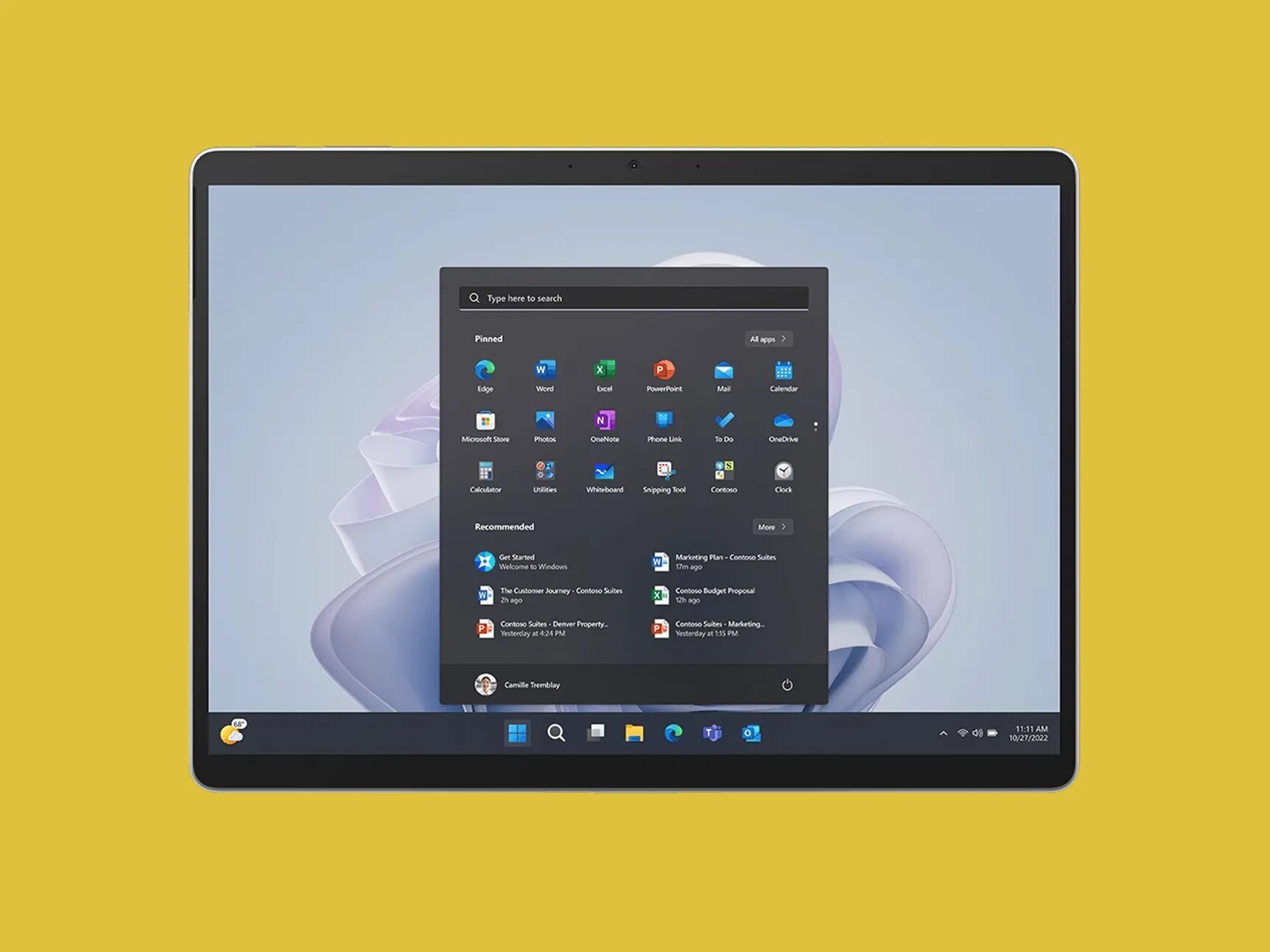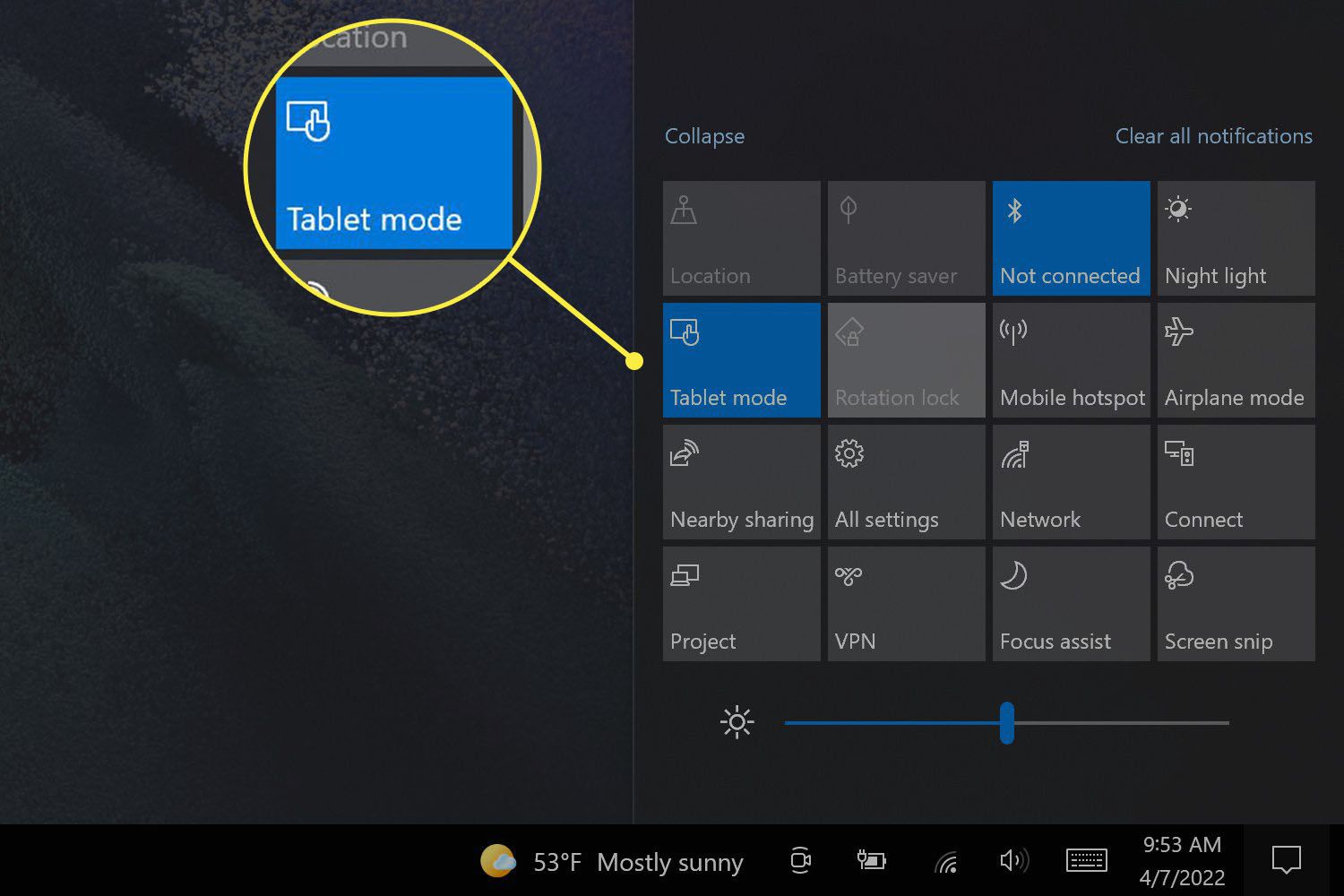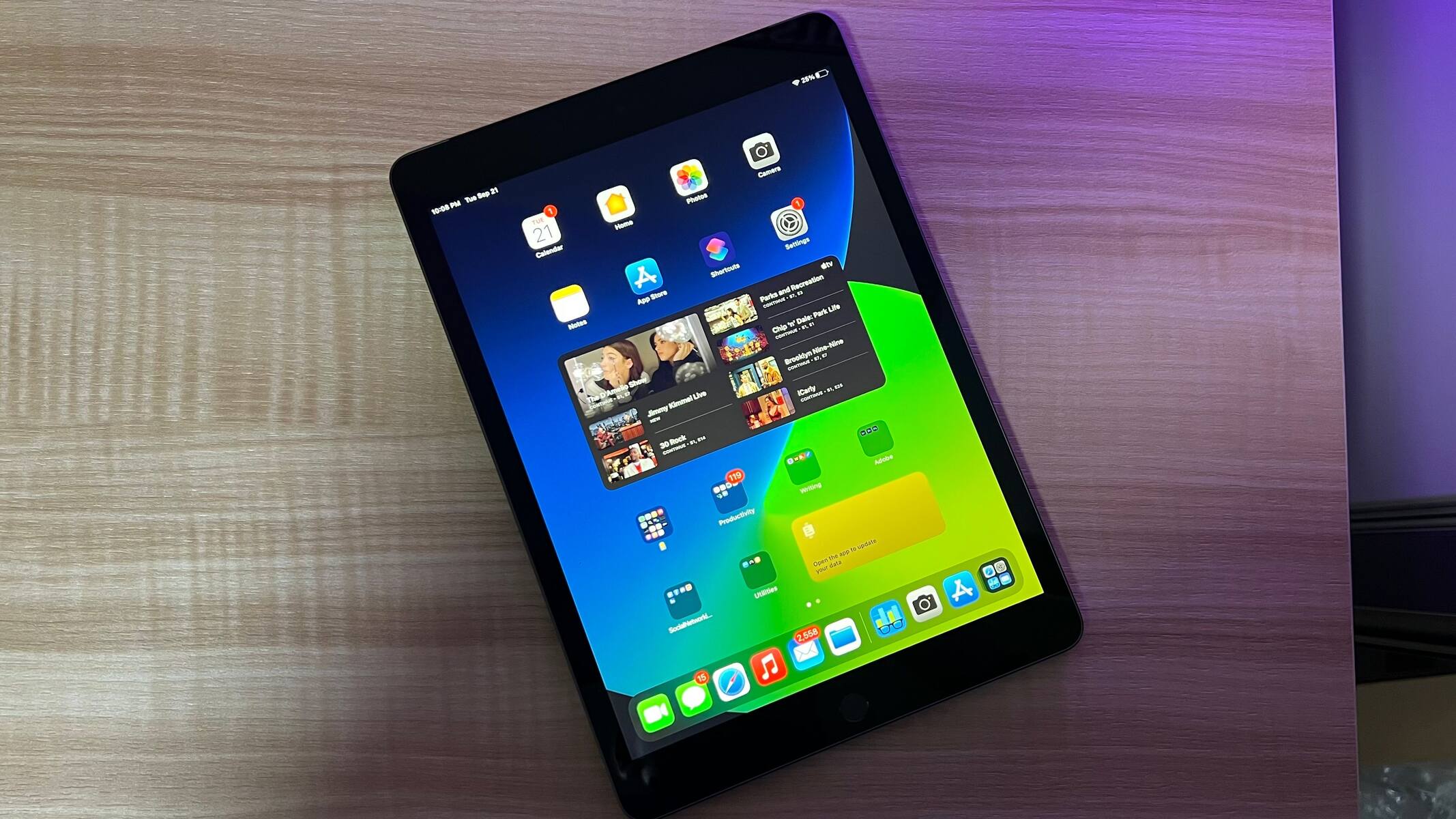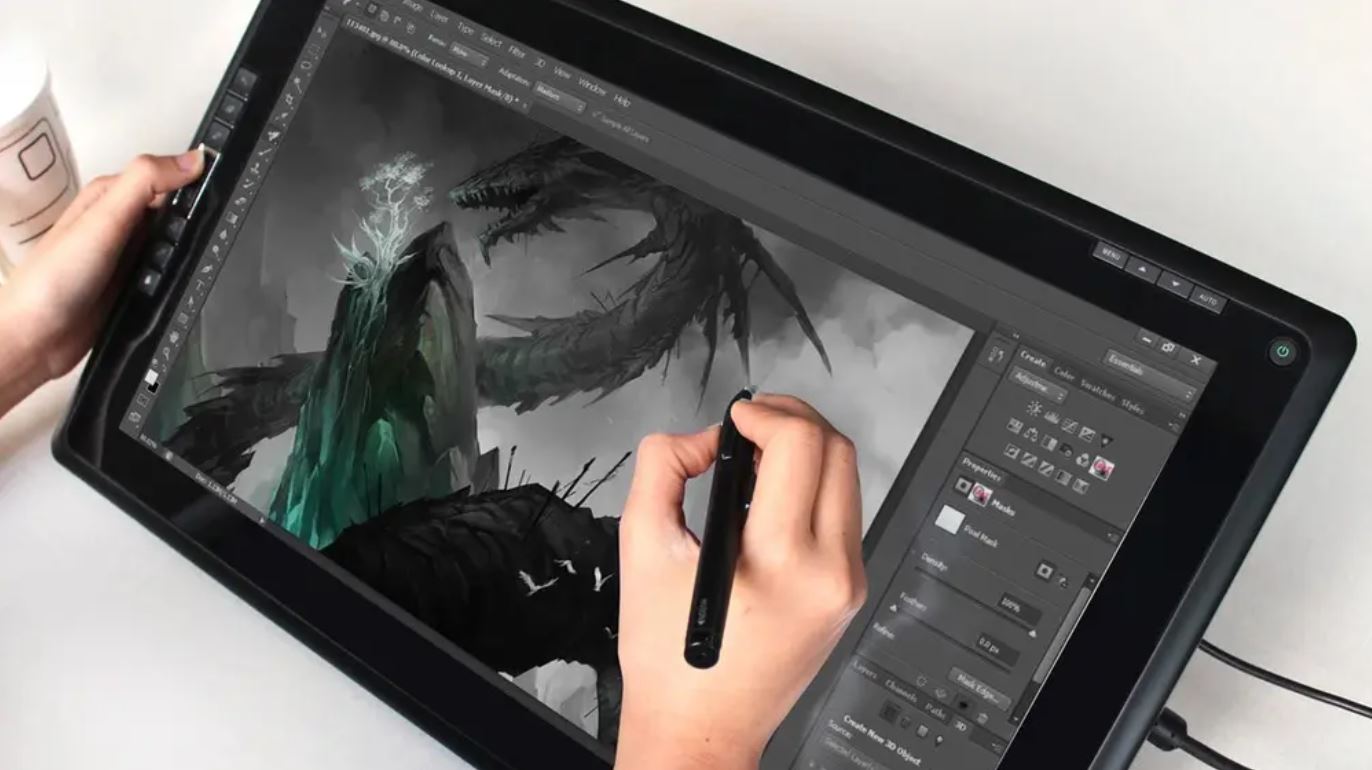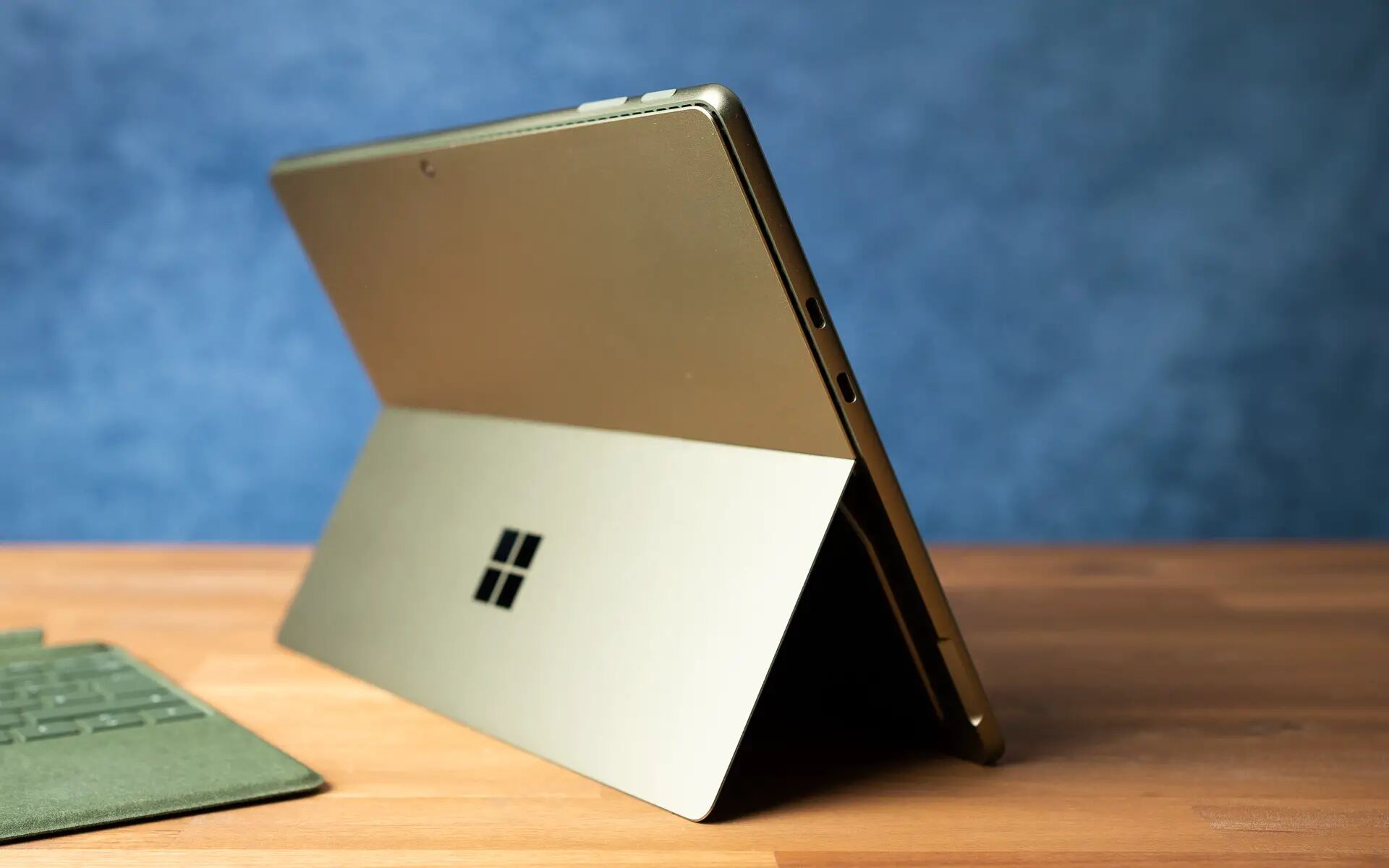Introduction
Windows 10 is a widely used operating system that offers a range of features and functionalities to enhance user experience. One of the key features is the ability to go full screen, which provides a distraction-free environment and maximizes the use of available screen space. Whether you want to play games, watch videos, or work on a project, going full screen can greatly enhance your overall experience.
In this article, we will explore various methods to go full screen on Windows 10. These methods are easy to follow and can be done with just a few simple steps. So, whether you are a tech-savvy individual or a novice user, you will find the instructions provided here easy to understand and implement.
We will cover different ways to go full screen on Windows 10, including using the full screen icon, keyboard shortcuts, right-clicking the taskbar, using the Start menu, utilizing the Windows key, and using the Alt + Enter keyboard shortcut. Additionally, we will also discuss how you can adjust display settings in Windows 10 to optimize the full screen experience.
So, if you are ready to unlock the full potential of your Windows 10 device and enjoy a seamless full screen experience, let’s dive into the details of each method and learn how to go full screen on Windows 10!
Method 1: Using the Full Screen Icon
If you prefer a simple and straightforward method to go full screen on Windows 10, you can utilize the full screen icon. This icon is usually located in the upper-right corner of the application window and allows you to quickly switch to full screen mode.
To use the full screen icon, follow these steps:
- Open the application or program you want to go full screen in.
- Look for the full screen icon, which is represented by a square or double-arrow icon in the upper-right corner of the window. This icon may vary depending on the application you are using.
- Click on the full screen icon. The window will automatically expand to fill the entire screen.
Once you have entered full screen mode, you can enjoy a distraction-free environment with maximum screen real estate. This is particularly useful when watching videos or playing games, as it eliminates any unnecessary clutter or distractions.
To exit full screen mode using the full screen icon, you can either click on the restore button (usually located next to the full screen icon) or press the “Esc” key on your keyboard.
It’s important to note that not all applications or programs have a dedicated full screen icon. In such cases, you can explore other methods mentioned in this article to go full screen on Windows 10.
Now, armed with the knowledge of how to use the full screen icon, you can easily switch to full screen mode whenever you want to enhance your viewing or gaming experience.
Method 2: Using the Keyboard Shortcut
Another quick and convenient way to go full screen on Windows 10 is by using a keyboard shortcut. Keyboard shortcuts are a time-saving technique that allows you to perform actions with just a combination of key presses.
To go full screen using the keyboard shortcut, follow these steps:
- Open the application or program you want to go full screen in.
- Locate the “F11” key on your keyboard. This key is commonly used as the shortcut for going full screen in various applications and web browsers.
- Press the “F11” key on your keyboard. The application or program will immediately switch to full screen mode.
By using the keyboard shortcut, you can quickly toggle between full screen and normal mode without needing to navigate through menus or icons.
If the “F11” key does not work for the specific application you are using, you can check the application’s documentation or settings to find the designated keyboard shortcut for going full screen. The specific keyboard shortcut may vary depending on the application you are using.
To exit full screen mode using the keyboard shortcut, simply press the “F11” key again, and the application or program will return to its normal windowed mode.
Using keyboard shortcuts not only allows for efficient utilization of screen space but also improves workflow and productivity by eliminating the need for mouse navigation. Whether you are browsing the web, working on documents, or multitasking between different applications, the keyboard shortcut for going full screen comes in handy.
Now that you know how to go full screen using the keyboard shortcut, you can easily switch to full screen mode in just a few keystrokes whenever you desire.
Method 3: Right-clicking the Taskbar
If you prefer a method that doesn’t require navigating within an application or program, you can go full screen on Windows 10 by right-clicking the taskbar. This method is particularly useful when you want to go full screen quickly without having to access any specific application’s settings or menus.
Here’s how you can go full screen by right-clicking the taskbar:
- Open the application or program you want to go full screen in.
- Locate the taskbar, which is typically located at the bottom of your screen.
- Right-click on an empty area of the taskbar to open the taskbar context menu.
- In the context menu, hover your mouse over the “Cascade Windows” option.
- From the submenu that appears, click on the “Show windows stacked” option. This action will arrange all the open windows in a cascaded or stacked manner, effectively maximizing the use of your screen space.
By following these steps, all the open windows on your desktop will be arranged and resized to fit the screen, providing a full screen-like experience. However, it’s important to note that this method does not switch the application or program into dedicated full screen mode. Instead, it maximizes the available space by arranging the windows accordingly.
To exit this mode, you can simply restore the windows to their original sizes by right-clicking on an empty area of the taskbar, hovering over the “Cascade Windows” option, and clicking on “Undo Show windows stacked” from the submenu.
Using the right-click taskbar method provides a quick way to maximize screen space and organize open windows for improved multitasking. It is especially useful for those who prefer to keep multiple applications or programs open simultaneously.
Now that you know how to go full screen by right-clicking the taskbar, you can easily arrange your windows for an optimized viewing experience without the need for dedicated full screen features.
Method 4: Using the Start Menu
If you prefer a method that involves utilizing the Start menu, you can easily go full screen on Windows 10 by following a few simple steps. The Start menu provides a centralized location for accessing applications, settings, and other features on your Windows 10 device.
Here’s how you can go full screen using the Start menu:
- Open the application or program you want to go full screen in.
- Click on the “Start” button located in the bottom-left corner of your screen or press the “Windows” key on your keyboard.
- In the Start menu, locate the application or program you want to go full screen in. You can either scroll through the list of installed applications or use the search bar to find the desired program.
- Once you have located the application or program, right-click on it to open a context menu.
- In the context menu, click on the “More” option, and then select “Go to full screen.” This action will switch the selected application or program into full screen mode, utilizing the entire screen.
After following these steps, the selected application or program will seamlessly transition to full screen mode, allowing you to fully immerse yourself in the content without any distractions. This method works well for various applications, including web browsers, media players, and productivity tools.
To exit full screen mode using the Start menu method, you can either press the “Windows” key on your keyboard or move your mouse cursor to the top of the screen to reveal the title bar. In the title bar, you will find a restore button that you can click to exit full screen mode.
The Start menu method provides an intuitive way to go full screen on Windows 10, allowing you to easily access and switch between applications while maximizing screen space for a streamlined experience.
Now that you know how to go full screen using the Start menu, you can utilize this method to enjoy an immersive and distraction-free experience with your favorite applications and programs.
Method 5: Using the Windows Key
If you’re looking for a quick and convenient way to go full screen on Windows 10 without navigating through menus or icons, you can utilize the Windows key on your keyboard. The Windows key is a dedicated key found on most keyboards designed for Windows-based systems.
Here’s how you can go full screen using the Windows key:
- Open the application or program you want to go full screen in.
- Ensure that the application or program window is selected and active.
- Locate the Windows key on your keyboard. It is usually denoted by the Windows logo.
- Press the Windows key along with the “Up” arrow key simultaneously. This action will maximize the active window, effectively switching it to full screen mode.
By combining the Windows key with the “Up” arrow key, you can instantly maximize the active window and take full advantage of the available screen space. This method is especially useful when you want to quickly switch to full screen without the need to use the mouse or navigate through various menus.
To exit full screen mode using the Windows key method, you can press the “Windows” key along with the “Down” arrow key simultaneously. This will restore the active window to its original size and exit full screen mode.
Using the Windows key method provides a convenient way to go full screen on Windows 10, allowing you to streamline your workflow, enhance productivity, and focus on the content at hand with just a simple key combination.
Now that you know how to go full screen using the Windows key, you can swiftly switch to full screen mode in various applications and programs, making your Windows 10 experience even more immersive and efficient.
Method 6: Using the Alt + Enter Keyboard Shortcut
Another efficient way to go full screen on Windows 10 is by using the Alt + Enter keyboard shortcut. This widely recognized shortcut is commonly used in applications and multimedia players to toggle between windowed and full screen mode.
Here’s how you can go full screen using the Alt + Enter keyboard shortcut:
- Open the application or program you want to go full screen in.
- Ensure that the application or program window is selected and active.
- Hold down the “Alt” key on your keyboard.
- While holding down the “Alt” key, press the “Enter” key. This action will immediately switch the active window to full screen mode.
By combining the Alt key with the Enter key, you can effortlessly switch any supported application or program into full screen mode. This keyboard shortcut is especially useful in multimedia applications, such as video players or presentation software, where you want to fully immerse yourself in the content.
To exit full screen mode using the Alt + Enter keyboard shortcut, you can repeat the same key combination. Hold down the “Alt” key and press the “Enter” key once again, and the active window will return to its original size and exit full screen mode.
The Alt + Enter keyboard shortcut provides a quick and universal way to go full screen on Windows 10, allowing you to enjoy an immersive viewing experience in various applications and programs without the need to navigate through menus or icons.
Now that you know how to go full screen using the Alt + Enter keyboard shortcut, you can easily toggle between windowed and full screen mode in supported applications, enhancing your visual experience and maximizing your use of screen space.
Method 7: Adjusting Display Settings in Windows 10
If you prefer more control over your full screen experience, you can adjust the display settings in Windows 10 to optimize the visual output according to your preferences. This method allows you to customize various display settings, including resolution, scaling, and multiple monitor configurations.
Here’s how you can adjust display settings to enhance your full screen experience:
- Right-click on an empty area of the desktop and select “Display settings” from the context menu that appears.
- In the Display settings window, you can adjust the resolution to optimize the clarity and crispness of the display. Higher resolutions provide more screen real estate, while lower resolutions may result in larger icons and text.
- You can also customize the scaling options to ensure that the content on your screen appears at the desired size. Adjusting the scaling of text, apps, and other items can help maintain readability and make full screen content more immersive.
- If you are using multiple monitors, you can arrange them in the desired configuration by clicking and dragging them to the desired position in the Display settings window. This allows you to extend your desktop across multiple screens, enhancing your productivity and providing a larger canvas for full screen content.
- Once you have made the desired changes to the display settings, click on the “Apply” button to save the changes.
By adjusting the display settings in Windows 10, you can fine-tune the visual output to suit your preferences and optimize the full screen experience. Whether you want to increase the screen real estate, adjust the scaling of content, or configure multiple monitor setups, the display settings offer extensive customization options.
It’s worth noting that the available display settings may vary depending on your hardware capabilities. Some older devices may have limited options, while newer devices may offer more advanced settings for display customization.
Now that you are aware of how to adjust display settings in Windows 10, you can customize your display to create the ideal environment for full screen viewing, ensuring a visually pleasing and immersive experience.
Conclusion
Going full screen on Windows 10 can greatly enhance your user experience by providing a distraction-free environment and maximizing the use of available screen space. In this article, we have explored various methods to go full screen, including using the full screen icon, keyboard shortcuts, right-clicking the taskbar, utilizing the Start menu, using the Windows key, employing the Alt + Enter keyboard shortcut, and adjusting display settings.
Each method offers its own advantages and convenience, allowing you to choose the most suitable method based on your preferences and the application or program you are using. Whether you prefer a simple and straightforward approach with the full screen icon or the efficiency of keyboard shortcuts, the methods outlined in this article provide you with the flexibility to go full screen effortlessly.
It’s important to note that not all applications or programs support dedicated full screen mode or specific methods mentioned here. In such cases, you can explore alternative methods or utilize the available customization options within the application or program to maximize your screen space.
By going full screen, you can enjoy an immersive and focused viewing experience. Whether you are watching videos, playing games, or working on important projects, embracing the full screen mode allows you to fully immerse yourself in the content without any distractions.
Additionally, adjusting display settings in Windows 10 provides further customization options to optimize your full screen experience. By fine-tuning resolution, scaling, and multiple monitor configurations, you can tailor the visual output to your preferences and create an environment that enhances your productivity and enjoyment.
Now armed with the knowledge of these methods, you can easily switch to full screen mode whenever you desire, unlocking the full potential of your Windows 10 device. So, go ahead, try out these methods, and make the most of your screen real estate!










